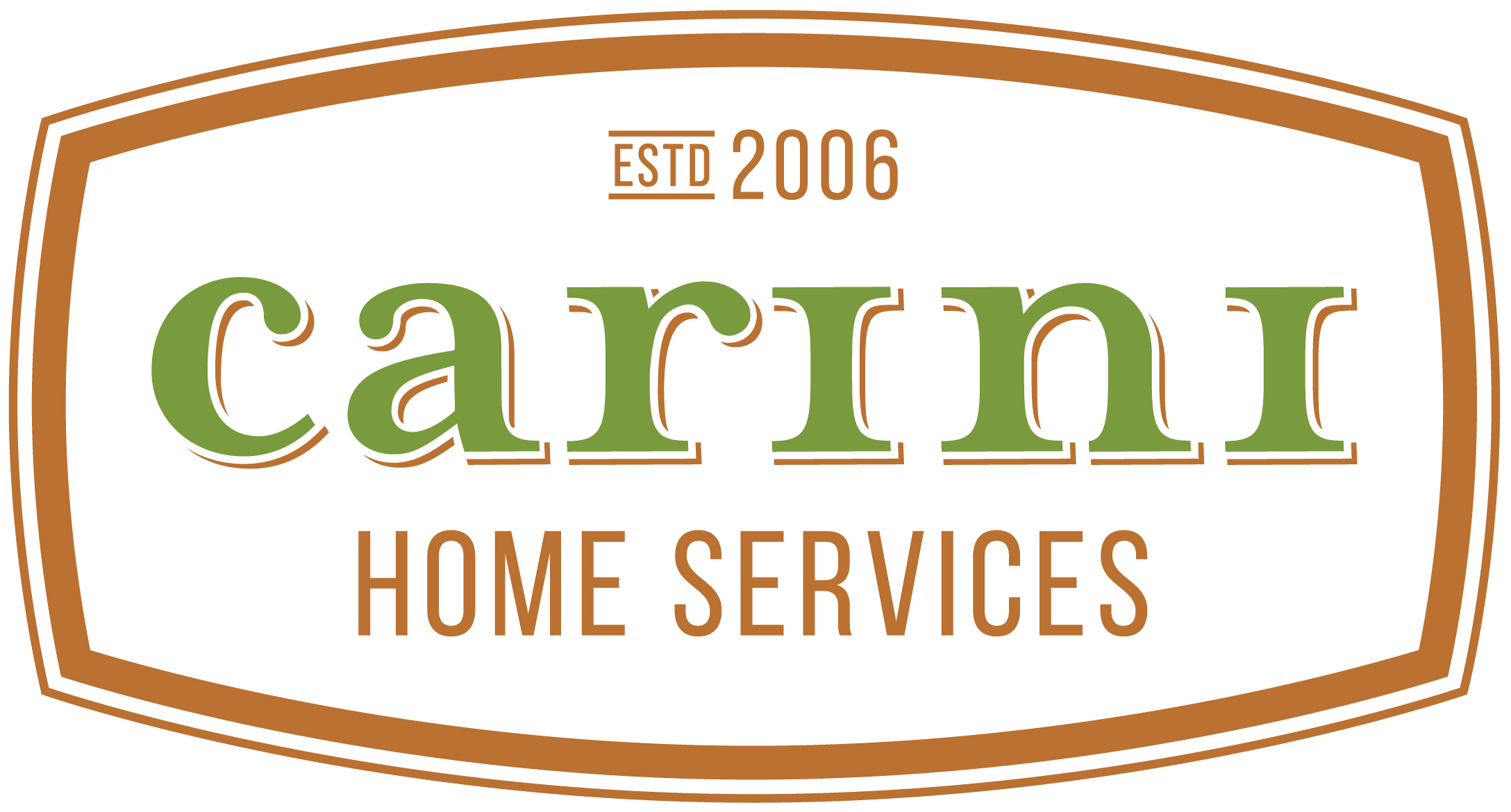SAN DIEGO, CALIFORNIA – A few weeks ago, more than one billion people in 192 countries took part in Earth Day. This day is designated for increasing awareness and appreciation of the Earth’s natural environment, giving us an excellent opportunity to evaluate how we’re doing.
“We make every effort to use green technology and environmentally-responsible service practices, but we also want to make it a priority to share information with customers that they can use to be green,” says Gabriel Carini, who founded his San Diego home central air heating and cooling company more than a decade ago.
There are many ways homeowners and businesses can reduce their environmental impact. Some essential information they need to know about the proper disposal of old HVAC appliances. We recently talked about metal recycling services, hauling away and recycling old HVAC systems or broken equipment leftover from an air conditioner installation or repair. We only briefly mentioned recycling the refrigerants they contain, though.
“We reclaim and recycle 100 percent of the R-22 that we get when replacing old R-22 systems and use new R-410A to replace it,” he says.
Any refrigerant or other hazardous chemical must be disposed of as directed by the United States Environmental Protection Agency’s Clean Air Act. Section 608 prohibits individuals from intentionally venting refrigerants and their substitutes while maintaining, servicing, repairing, or disposing air conditioning or refrigeration equipment. (www.epa.gov)
So not only is it detrimental to our environment, venting the chemicals into the atmosphere is illegal. The EPA is authorized to issue fines up to $37,500 per day for any violation of these regulations. Our service area is in and around the Greater San Diego area, including East County, Santee, Alpine, and El Cajon. Let us know if you have questions about the proper disposal of HVAC units.
Here are some other ways you can reduce the impact your indoor comfort system has on the Earth by using it more efficiently:
- Replace older HVAC equipment with an energy-efficient model.
- Use programmable thermostats to reduce the heating and cooling of the home or office when you are not there or need it less like at night.
- Make biannual furnace and air conditioning service appointments to maintain equipment, change air filters regularly and take care of AC repair work promptly.
- Improve the building envelope: seal up joints and gaps where conditioned air escapes, increase the amount of insulation in the attic and walls, don’t leave exhaust fans in the kitchen or bathroom running when not in use, and repair or replace leaky ductwork.
- Use the unit less by keeping the house cooler with drapes, blinds, and strategic landscaping, using ceiling fans in conjunction with AC to create wind chill, replacing heat-generating incandescent light bulbs, and reducing other sources of heat by running the dishwasher or taking hot showers in the cooler parts of the day.
“Call us if you have questions about disposing of refrigerant or old HVAC appliances. Our philosophy is that customers’ needs are of the utmost importance, so let us know when you have one,” says Carini.
For more information about the Clean Air Act or how to participate in the agency’s goal to protect human health and the environment, you can visit the EPA website. We also try to share tips about saving energy and money on our blog. Let us know if you have a heating and cooling efficiency question or a topic you’re interested in learning more about.
